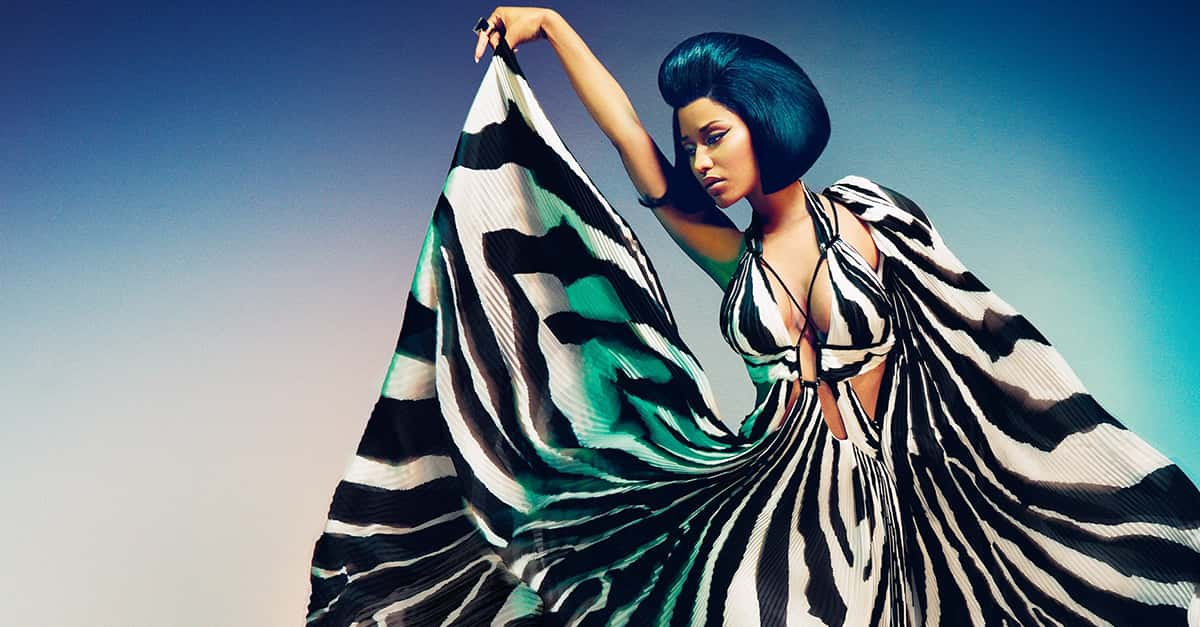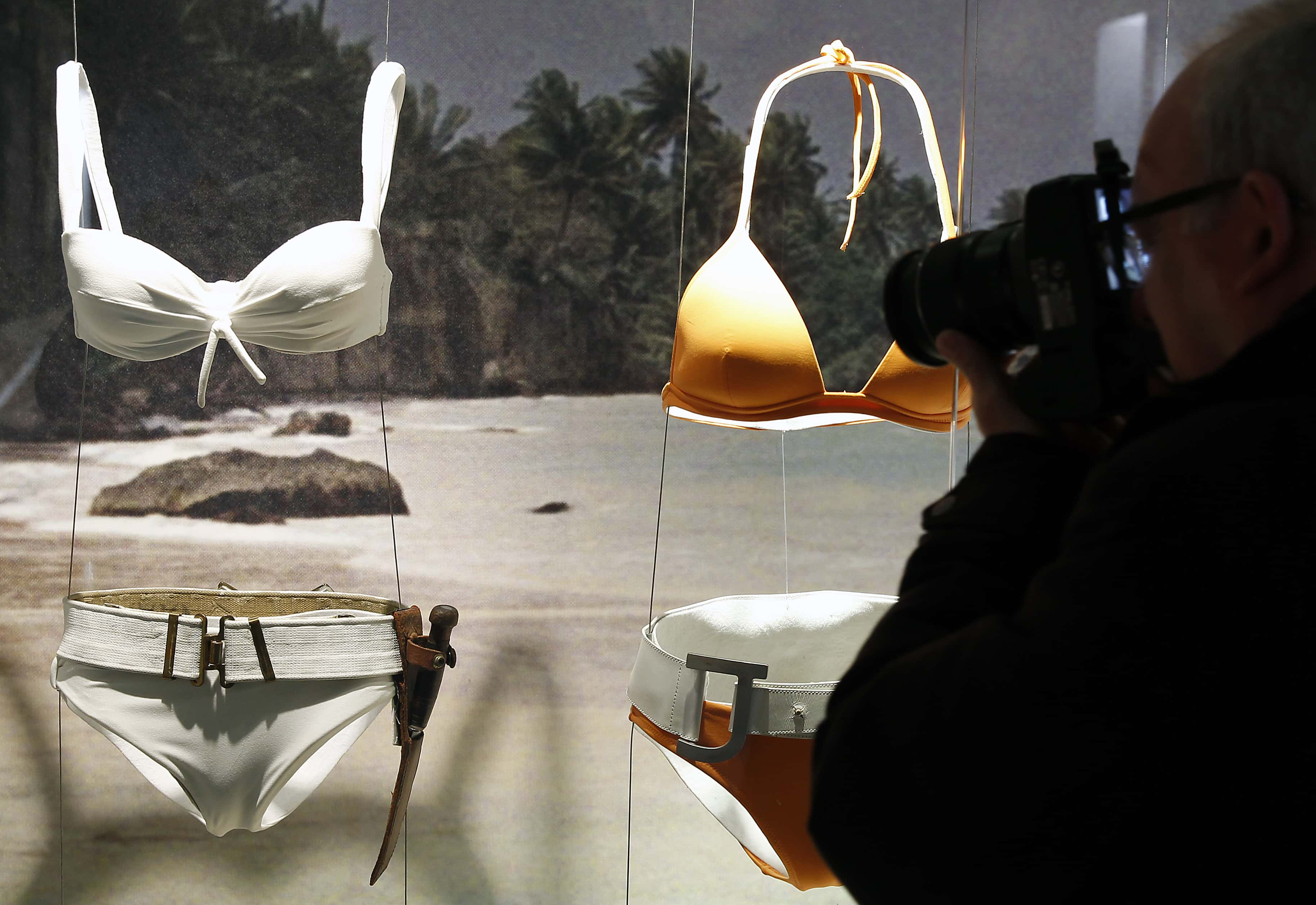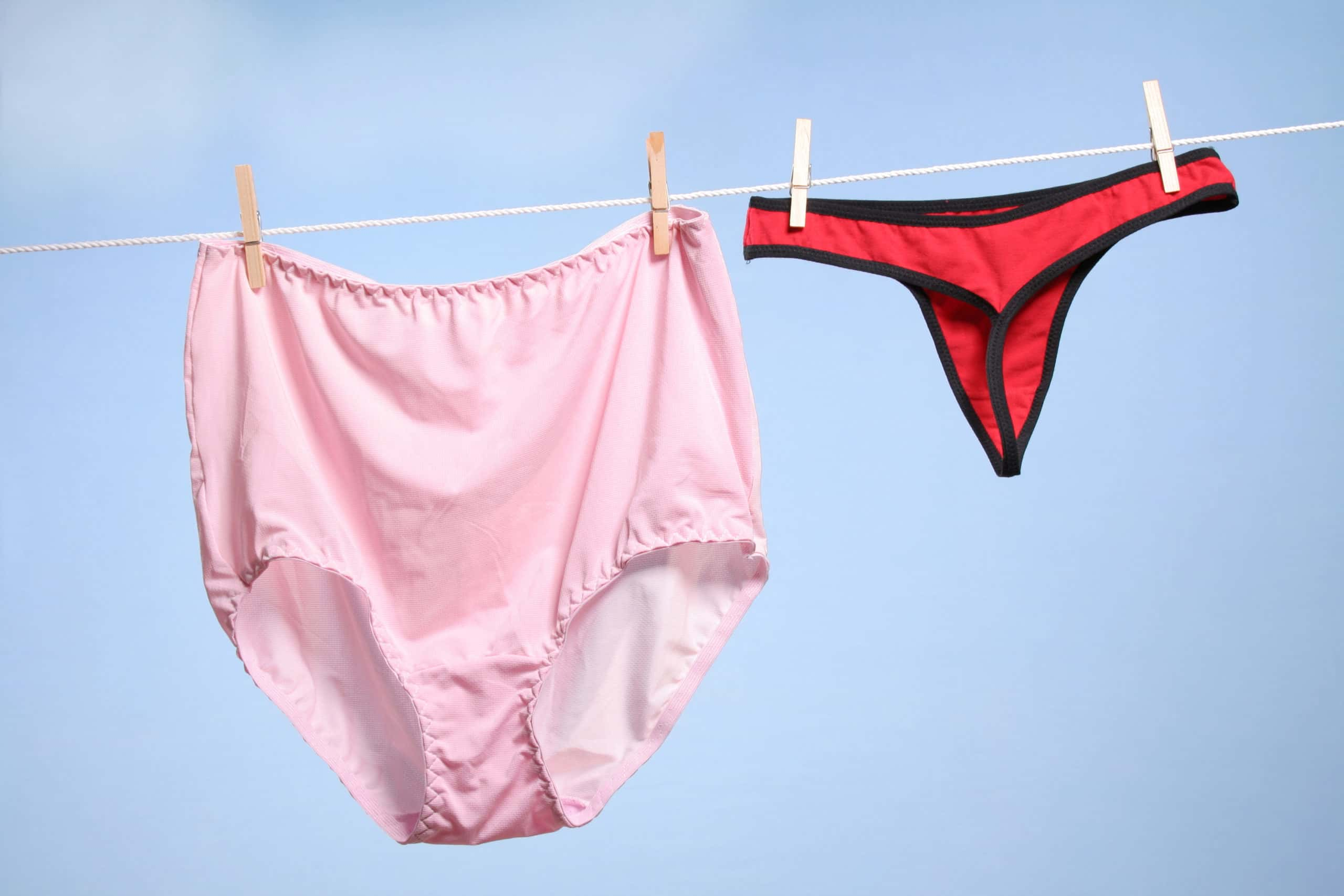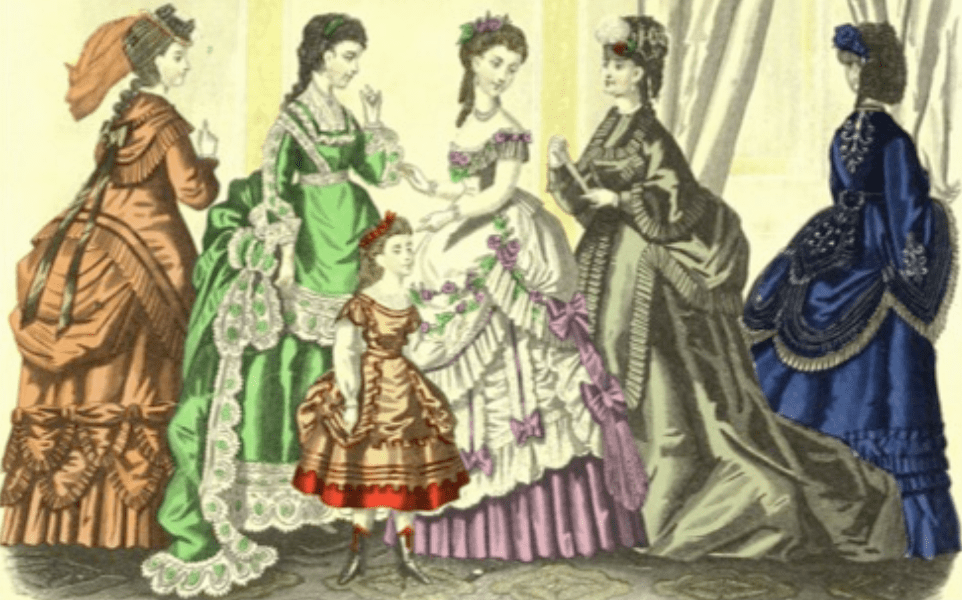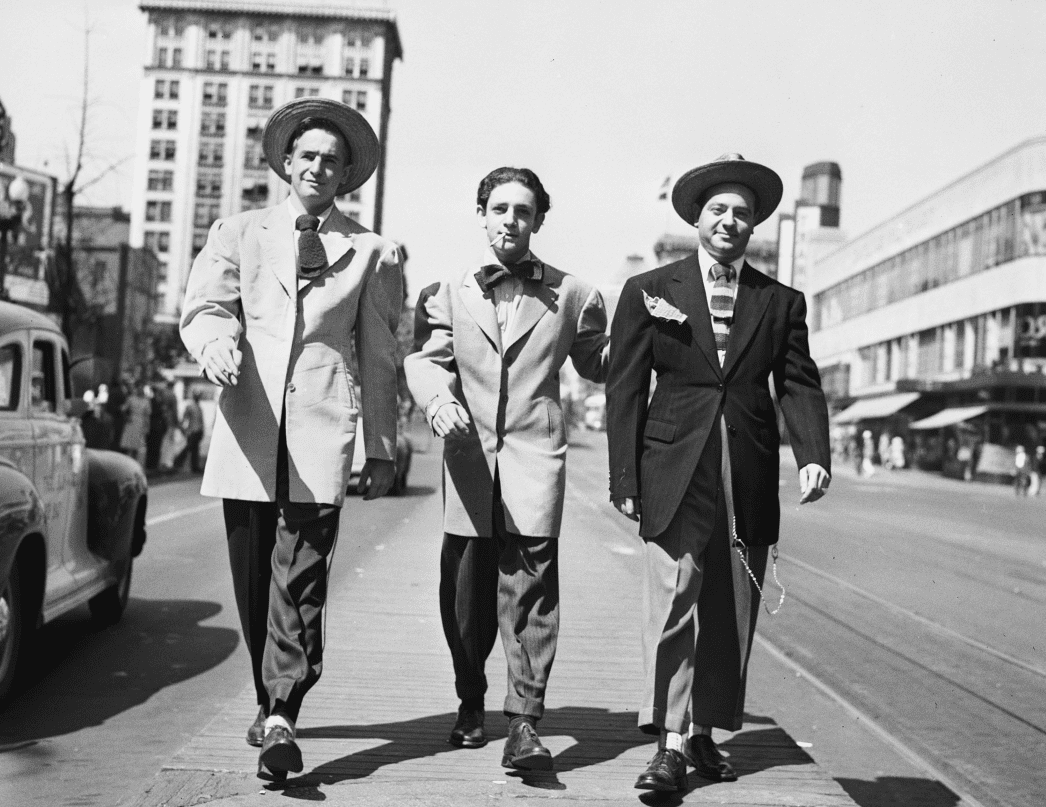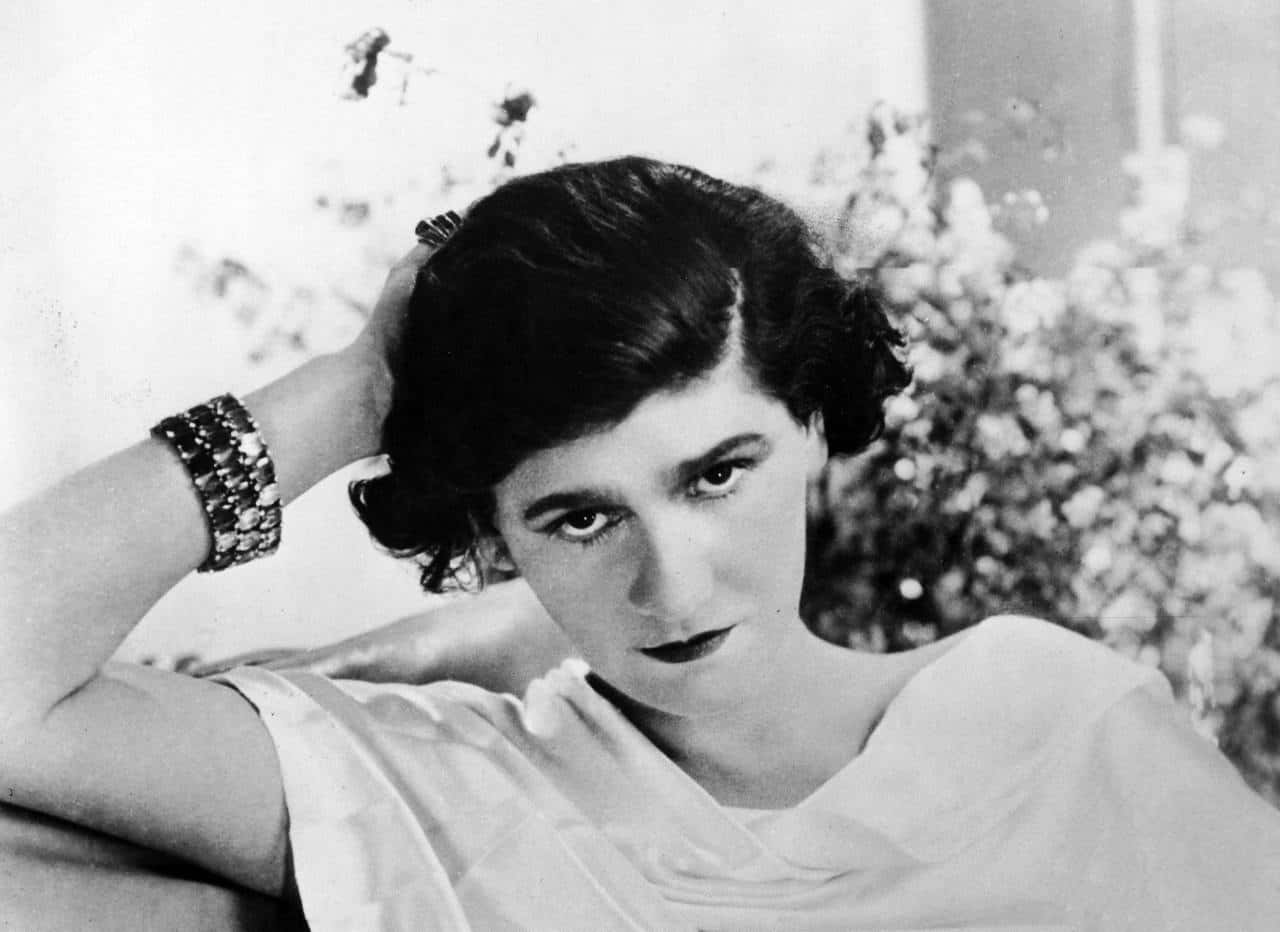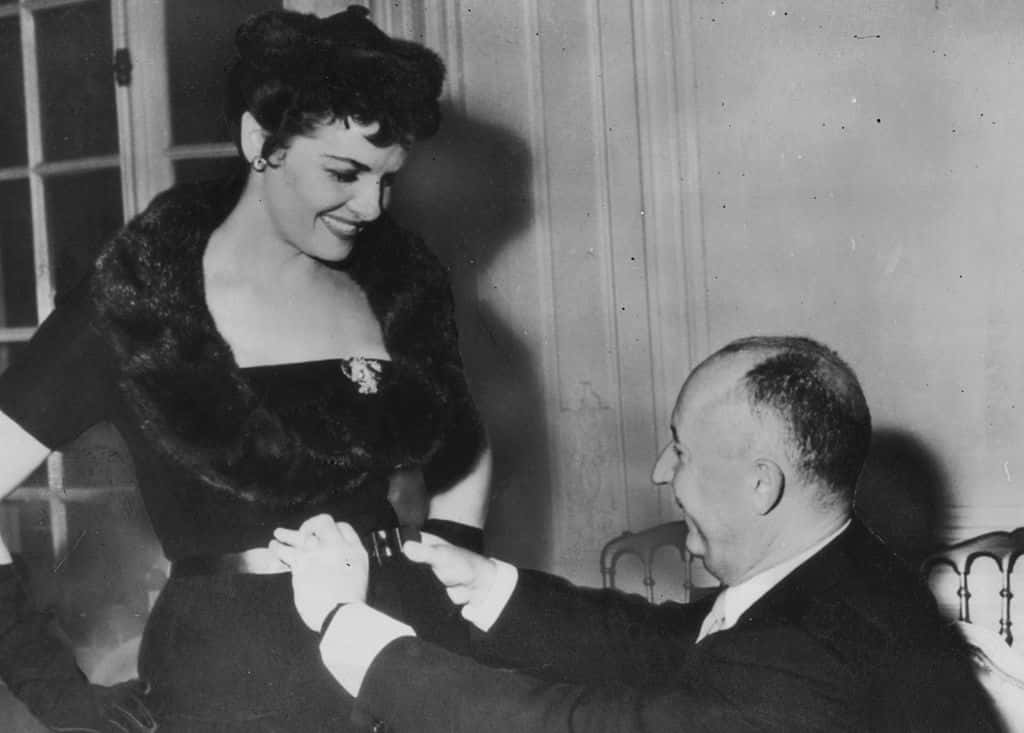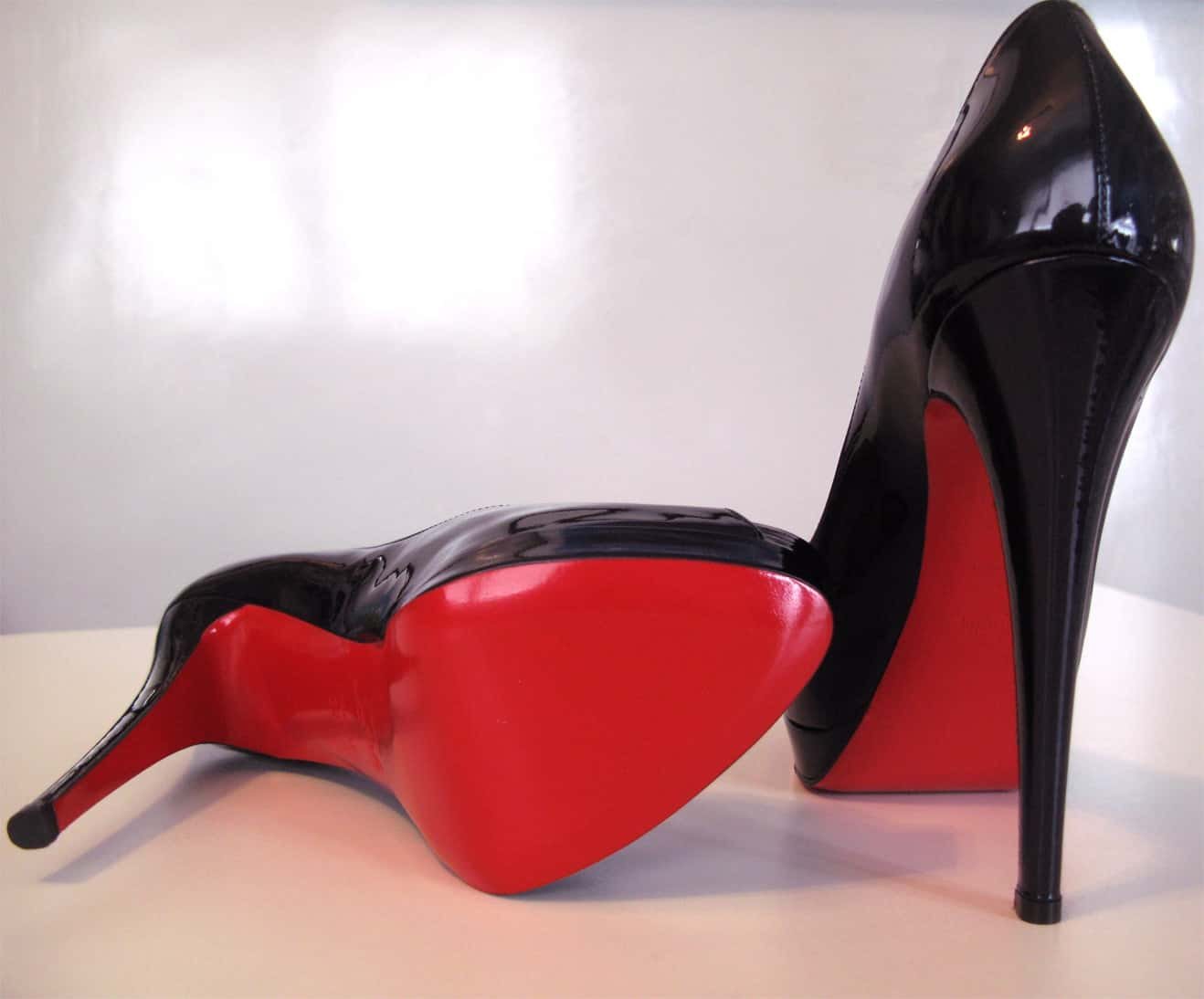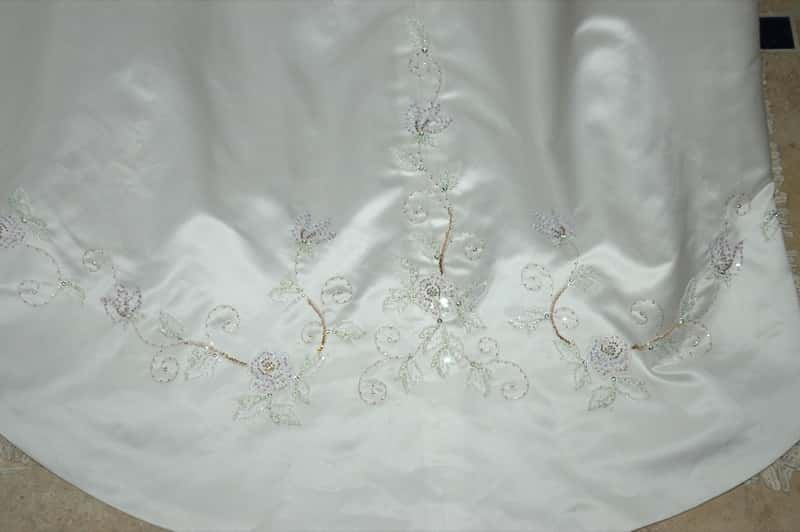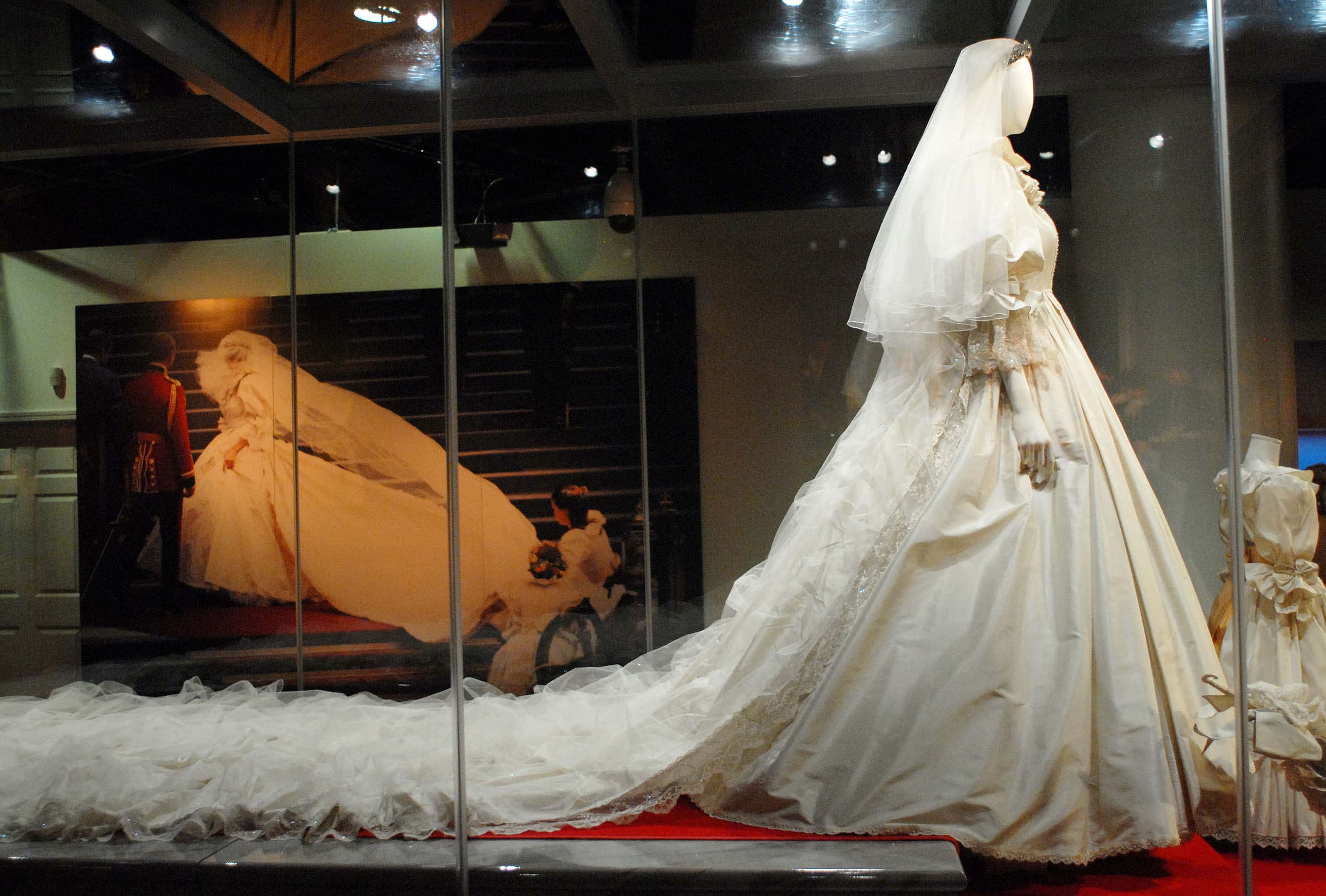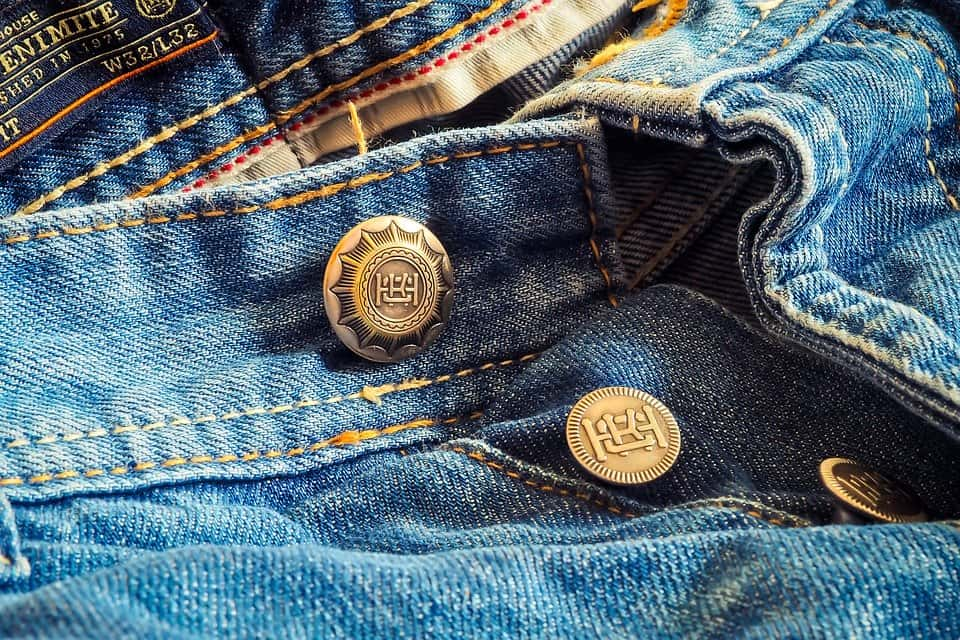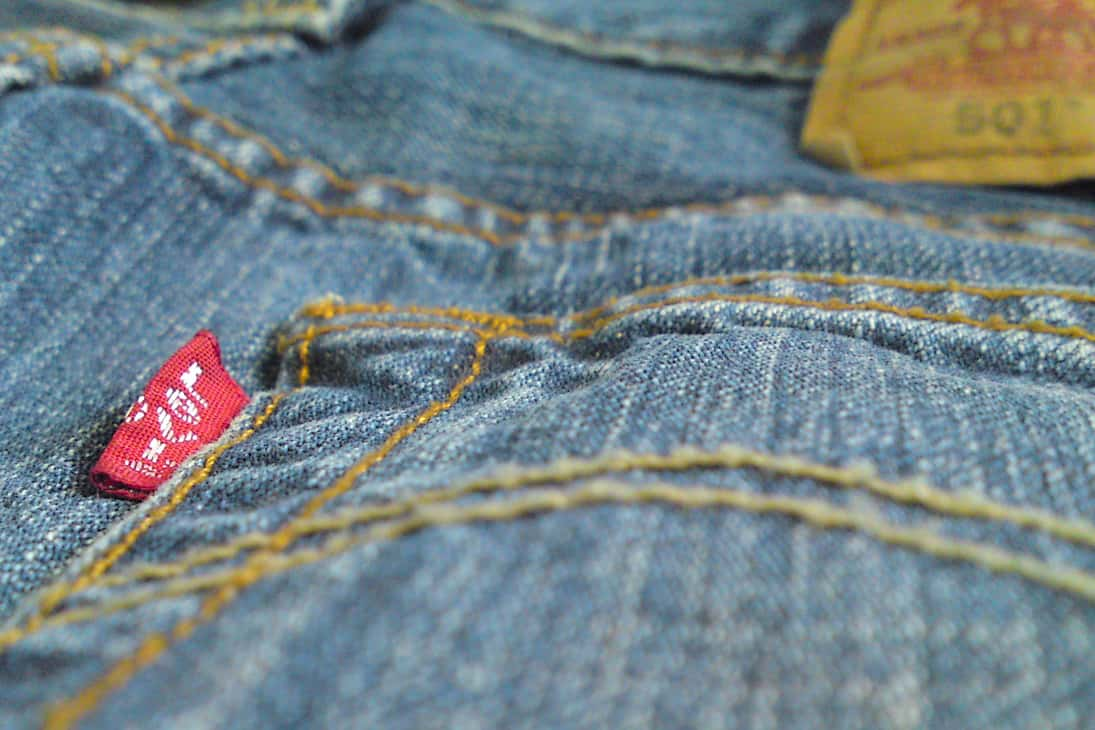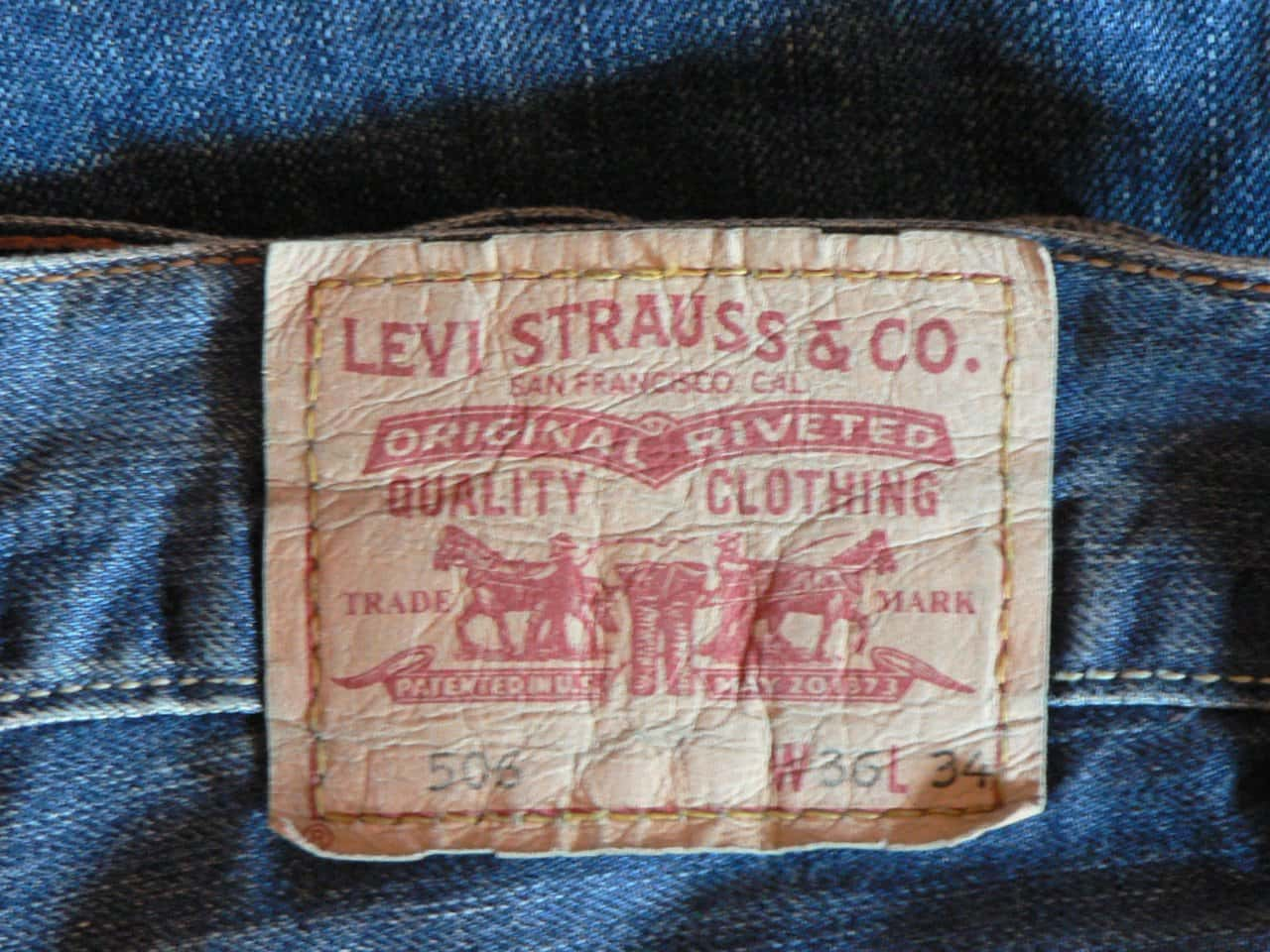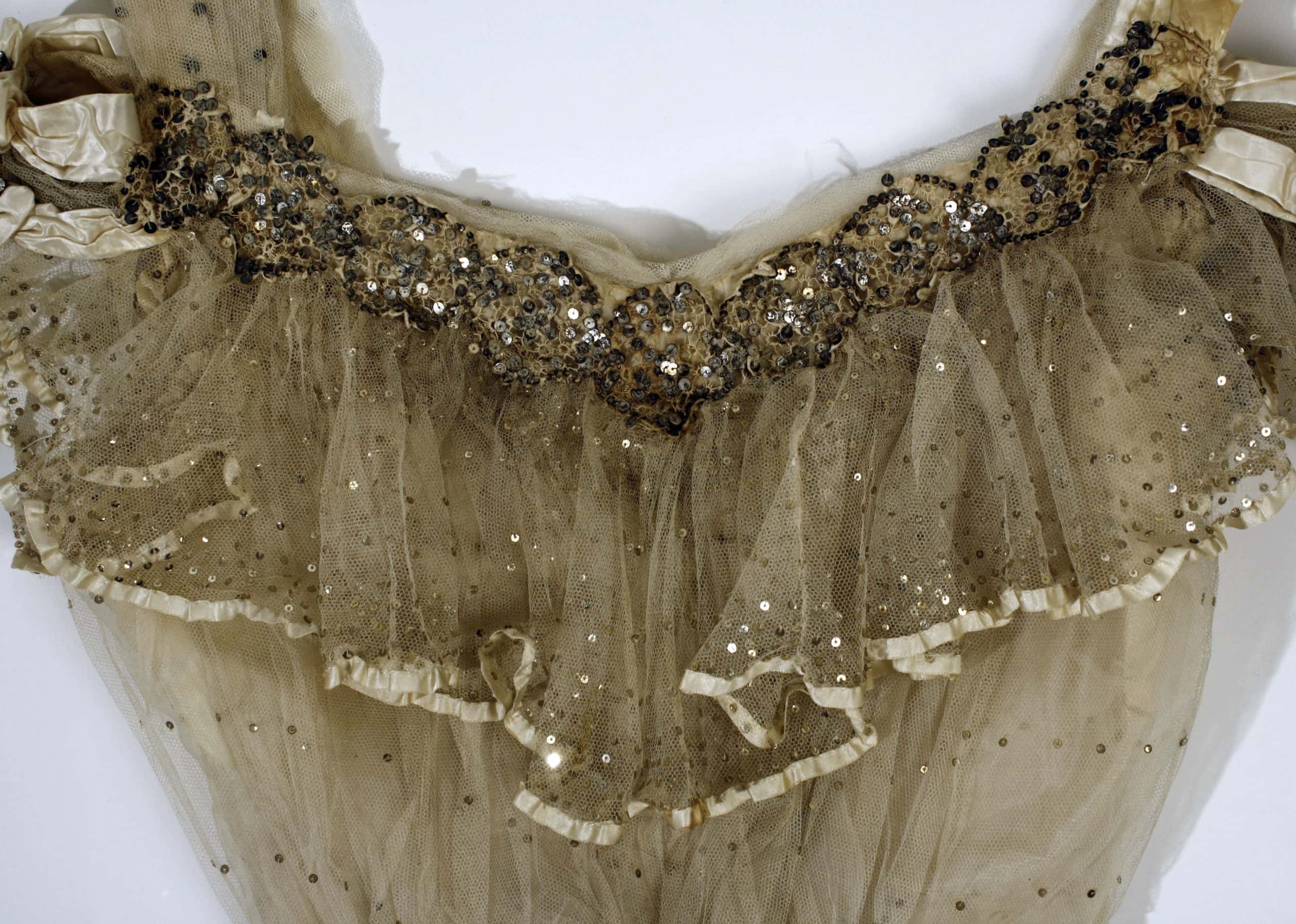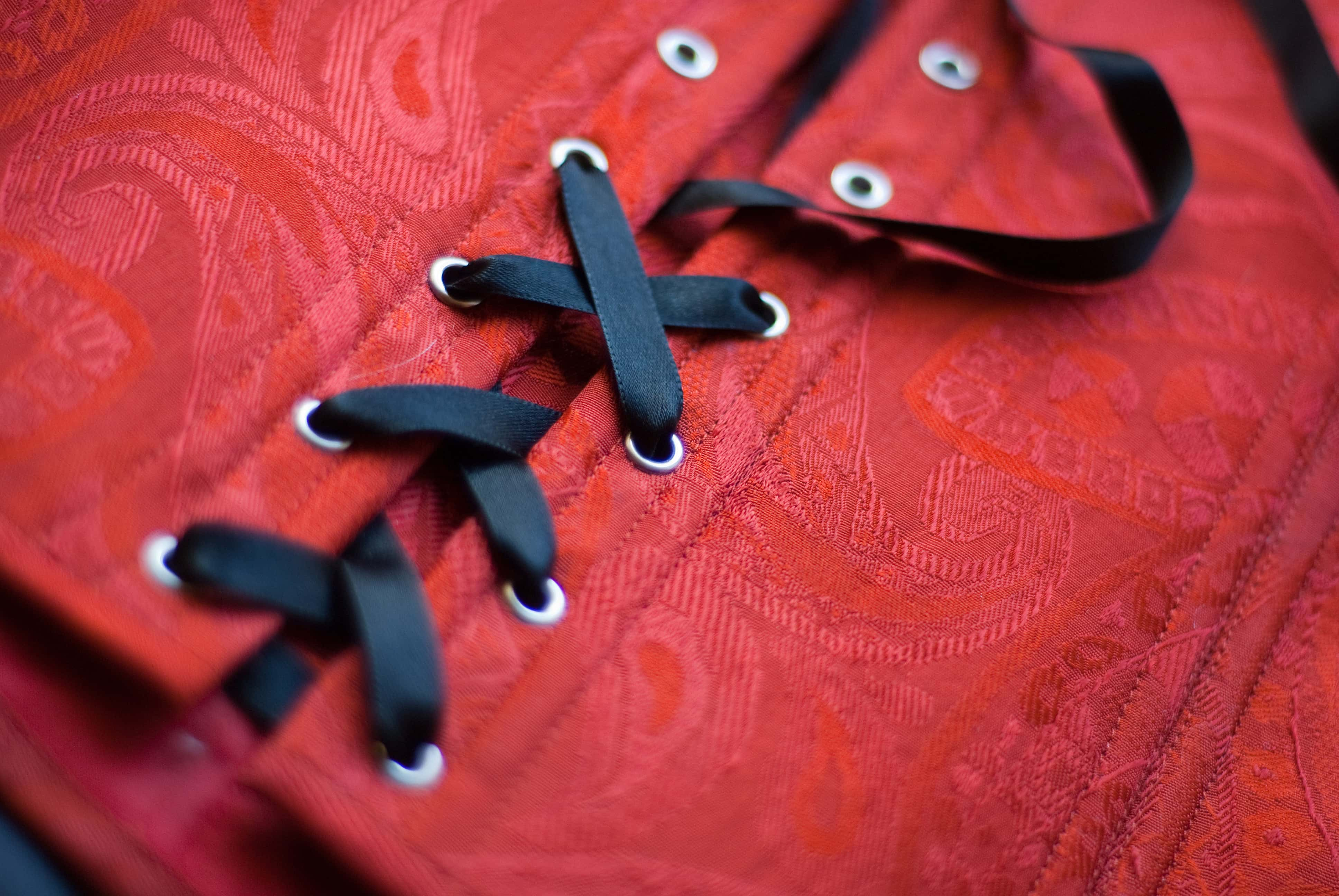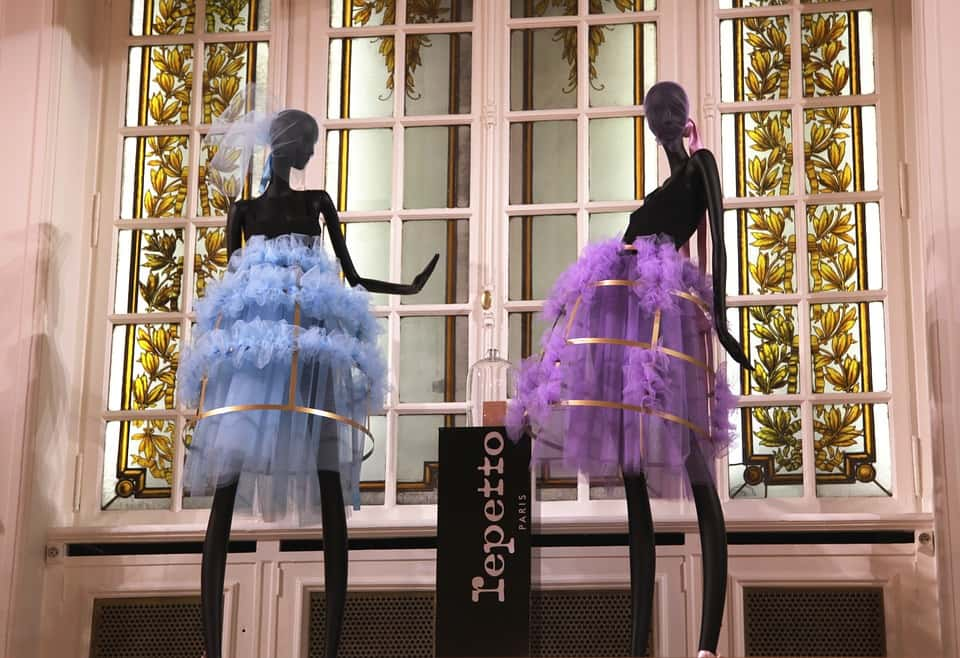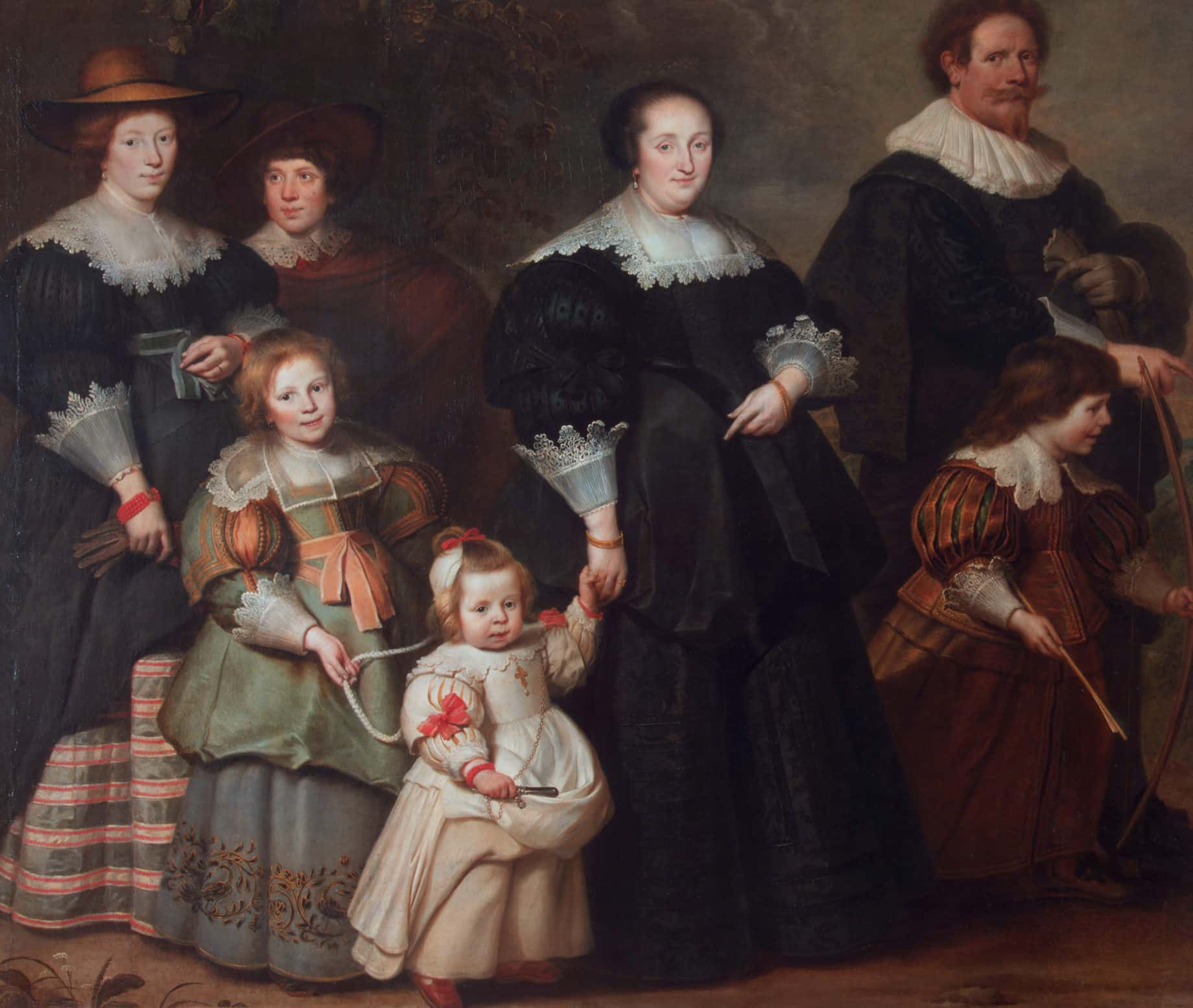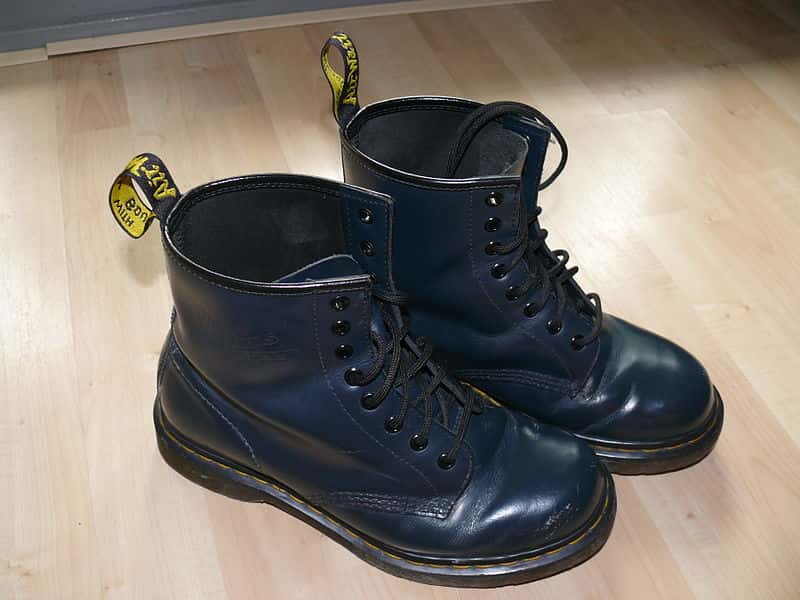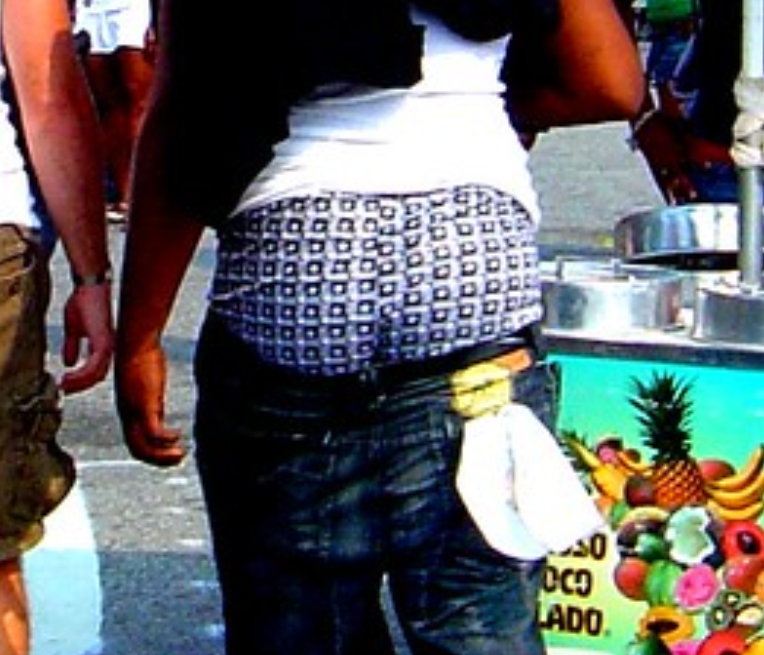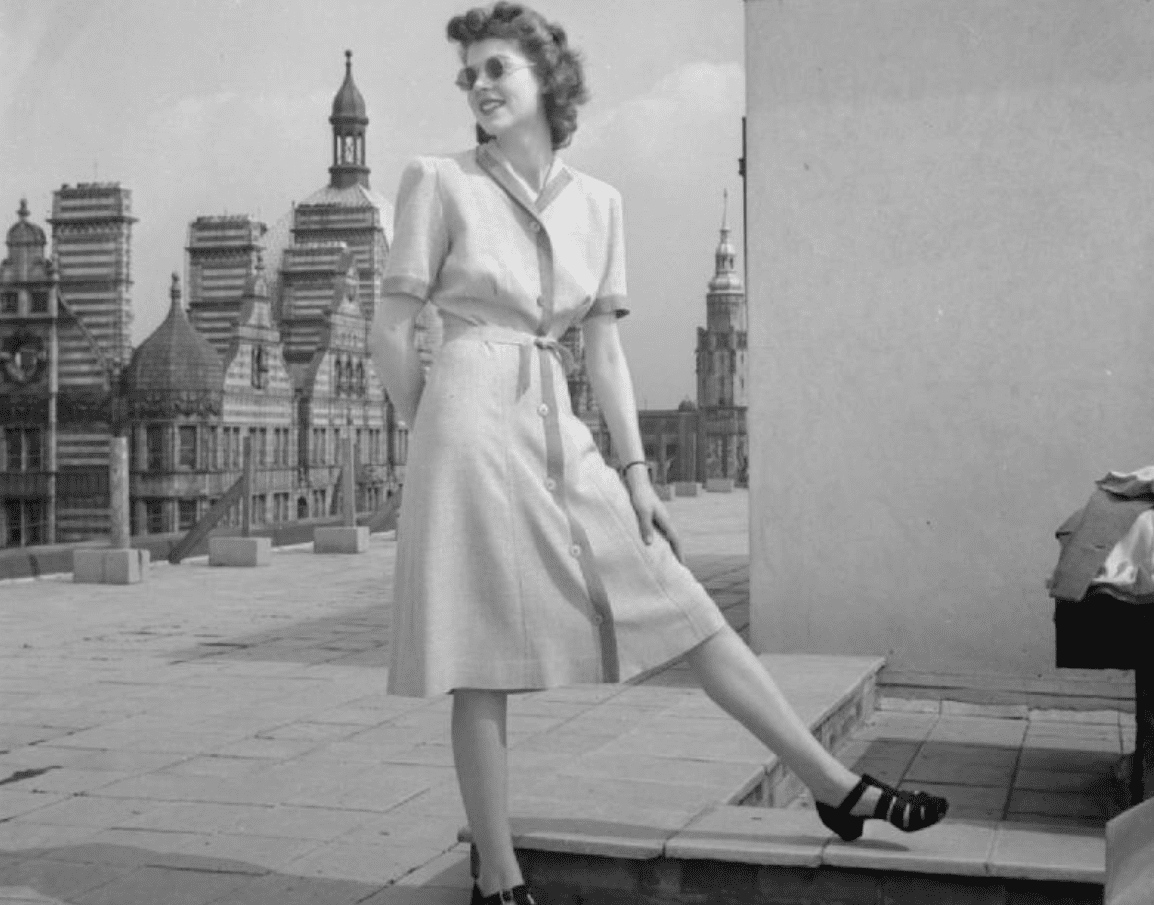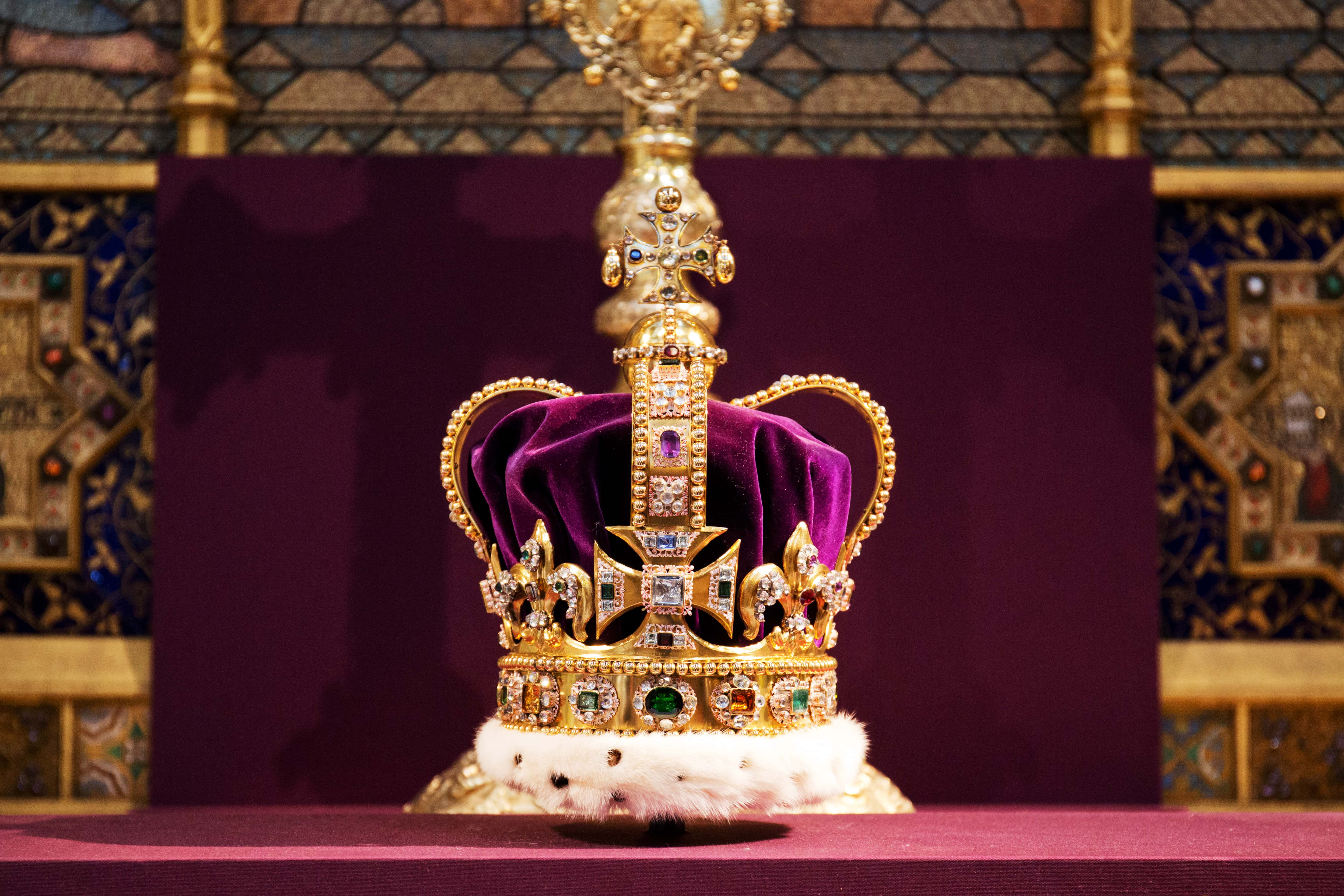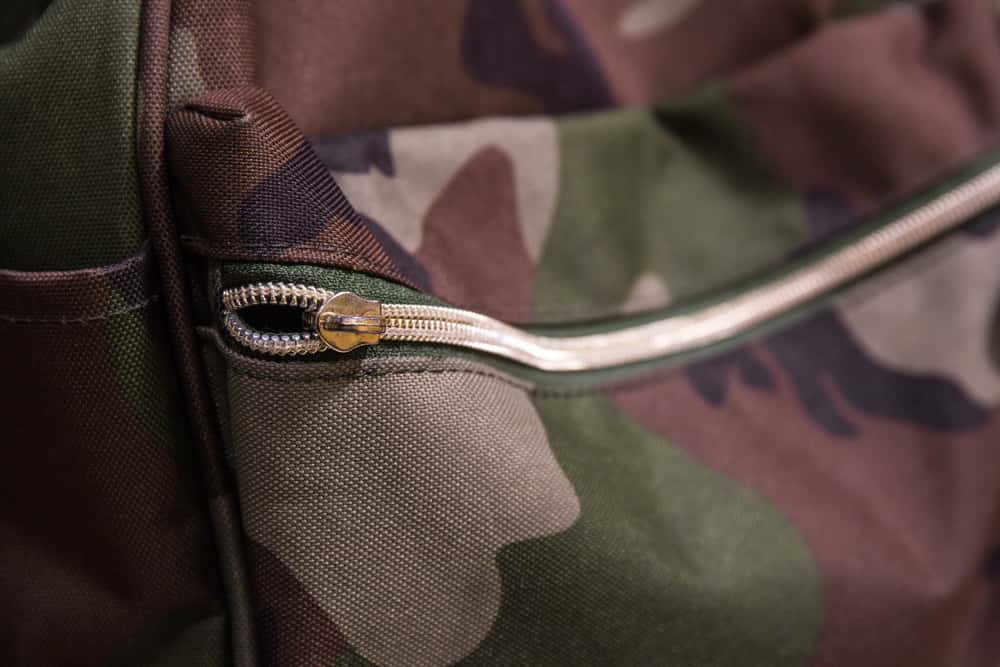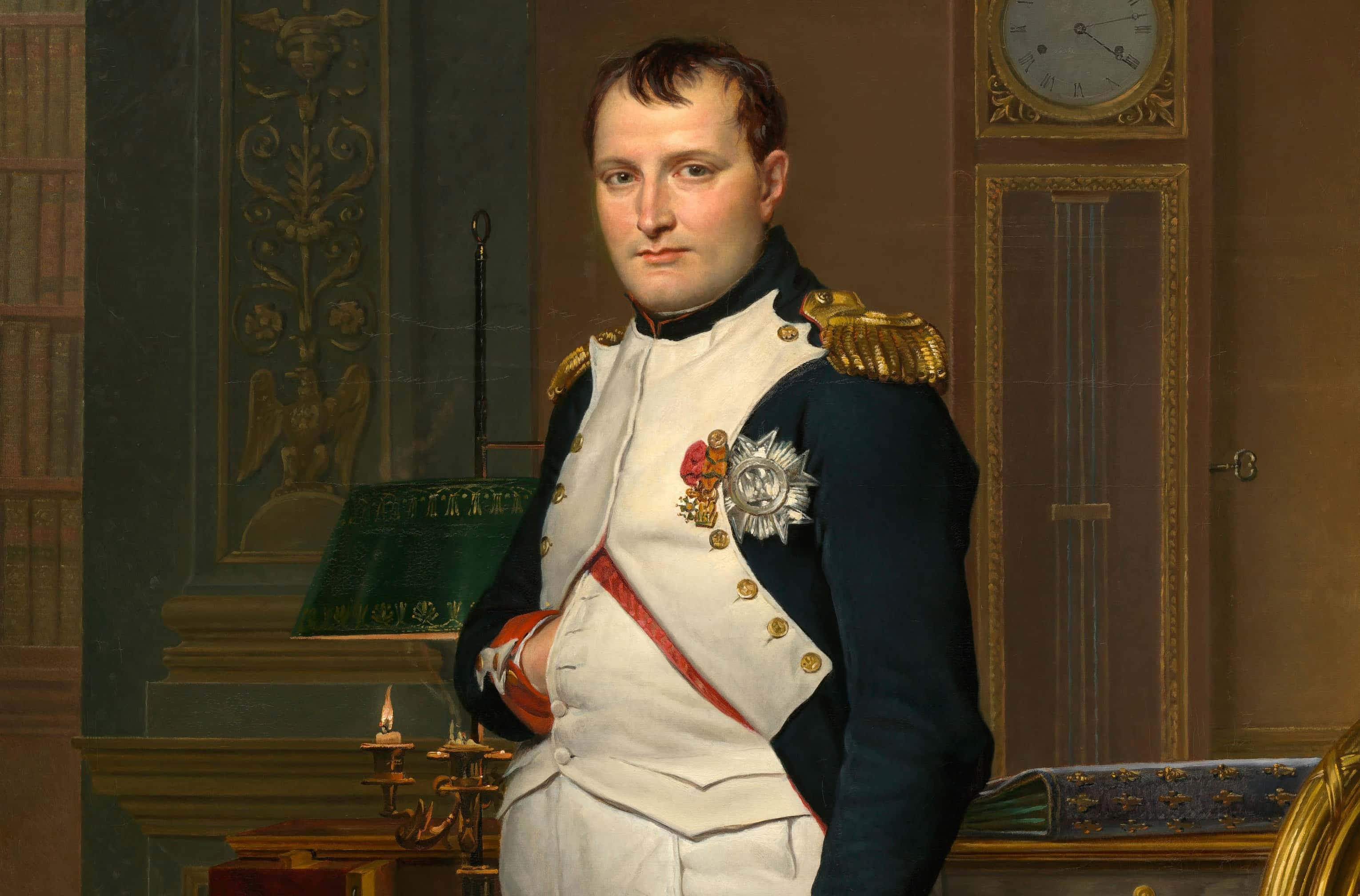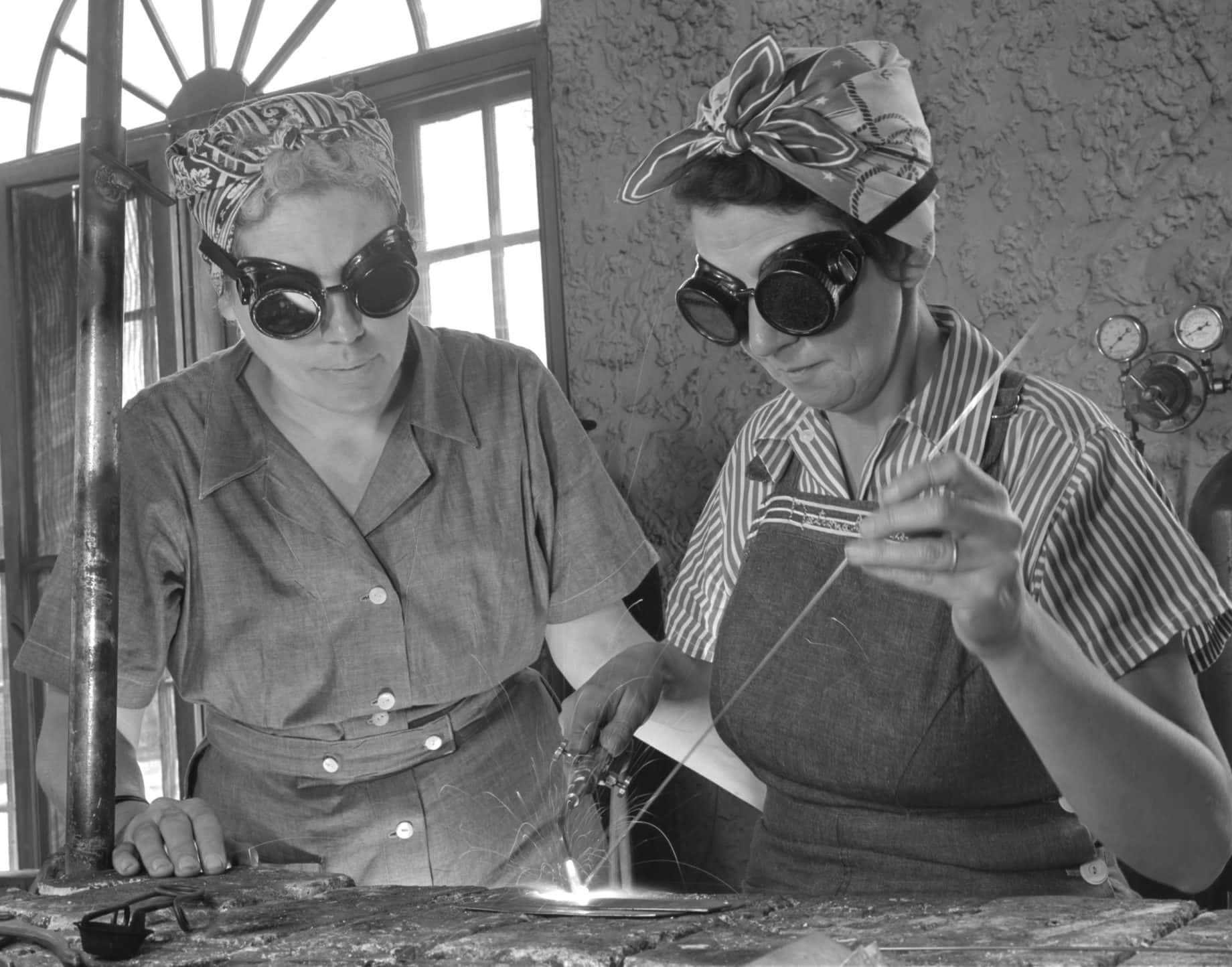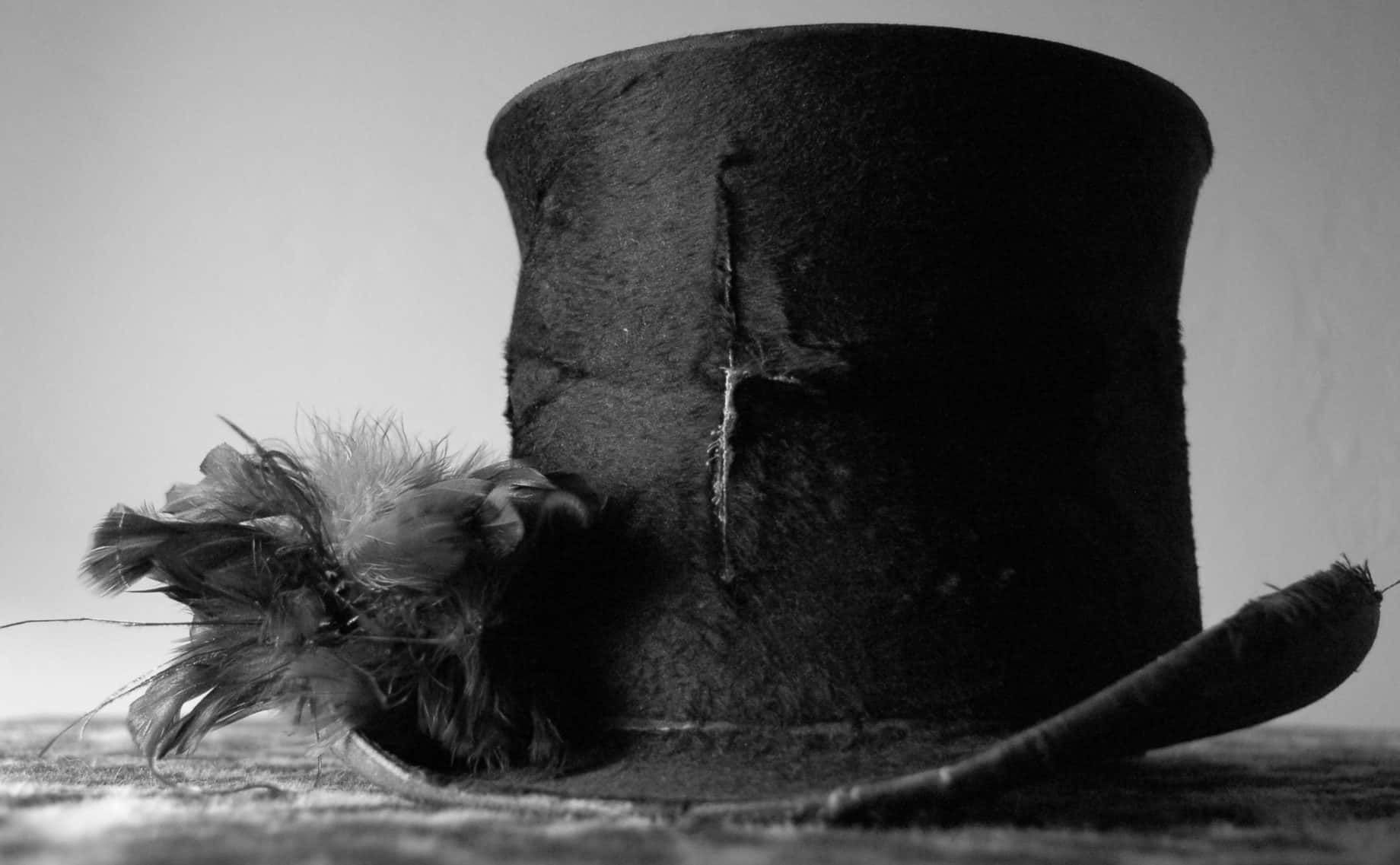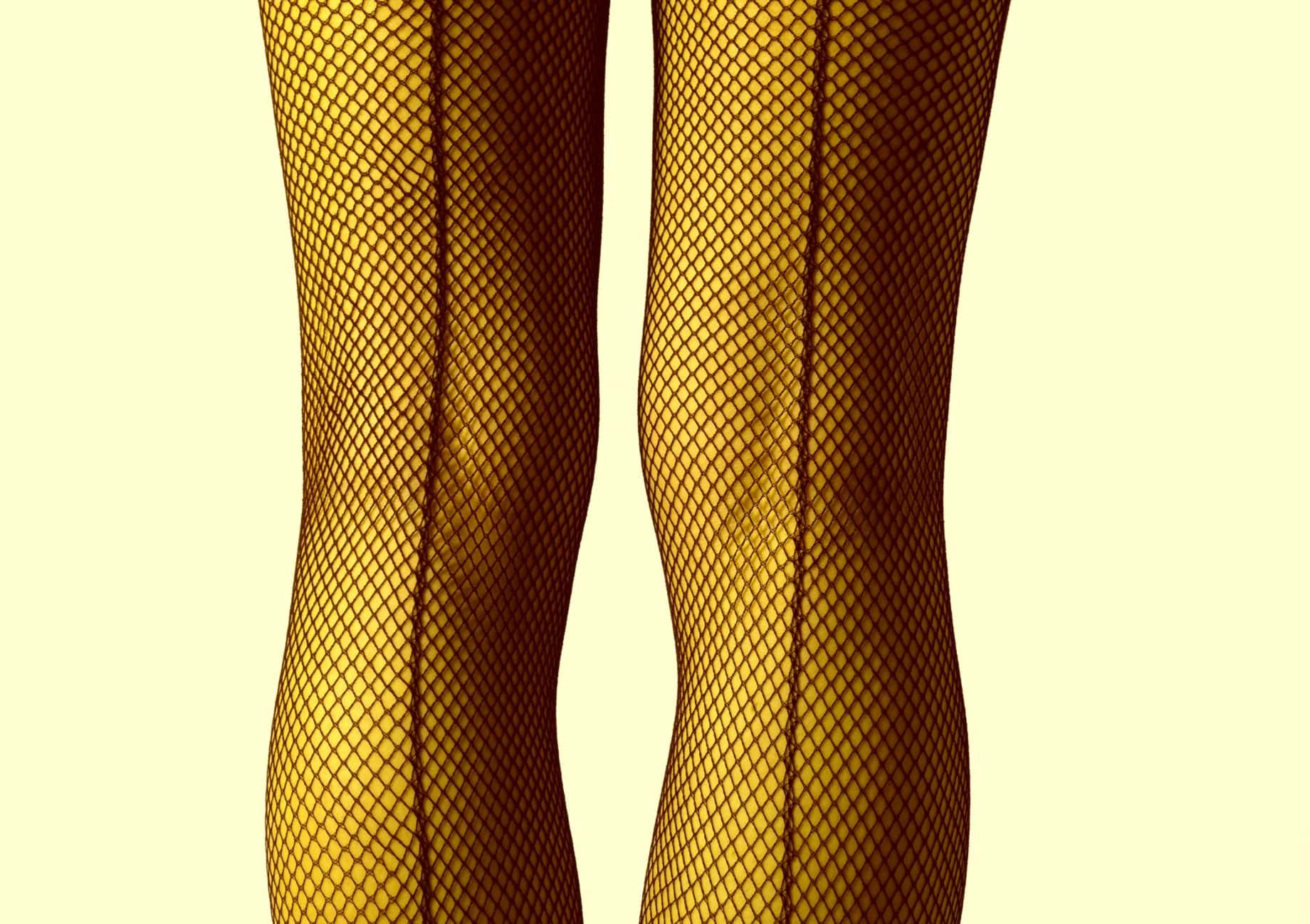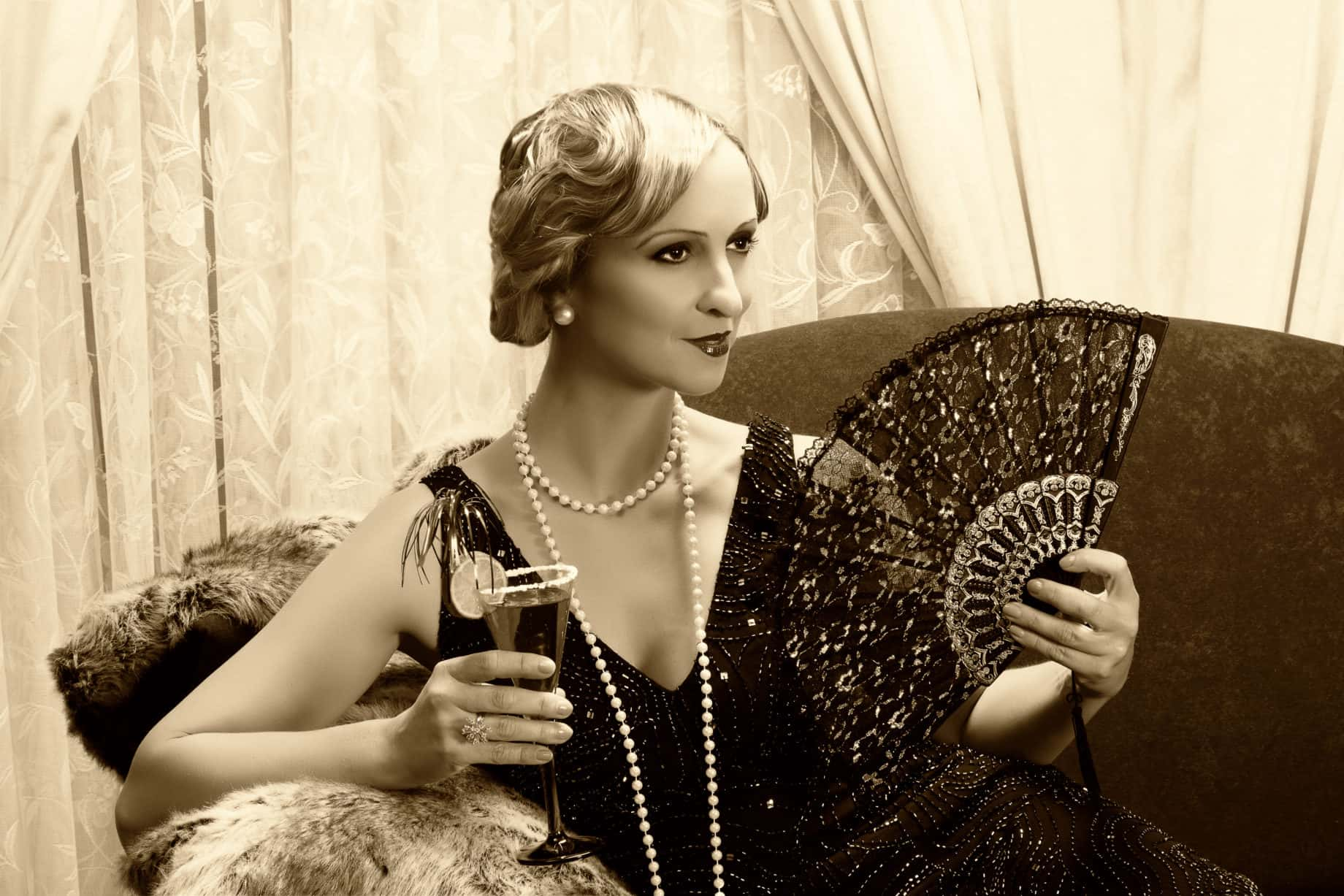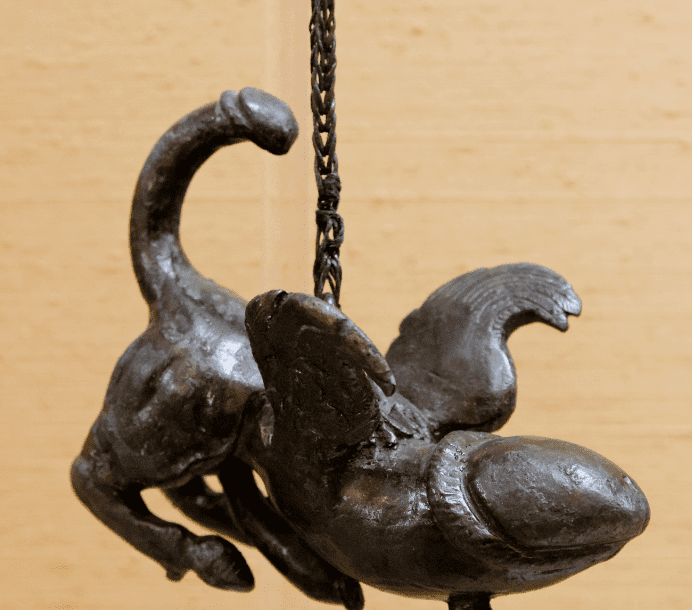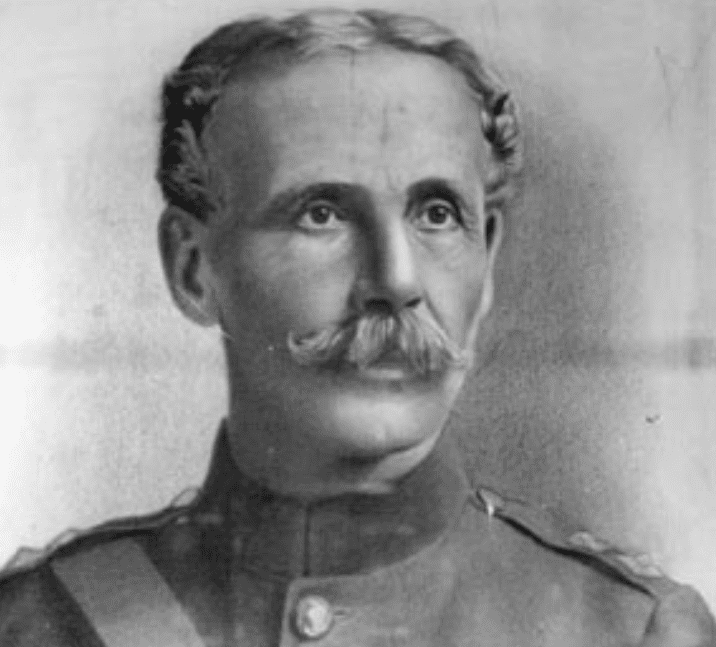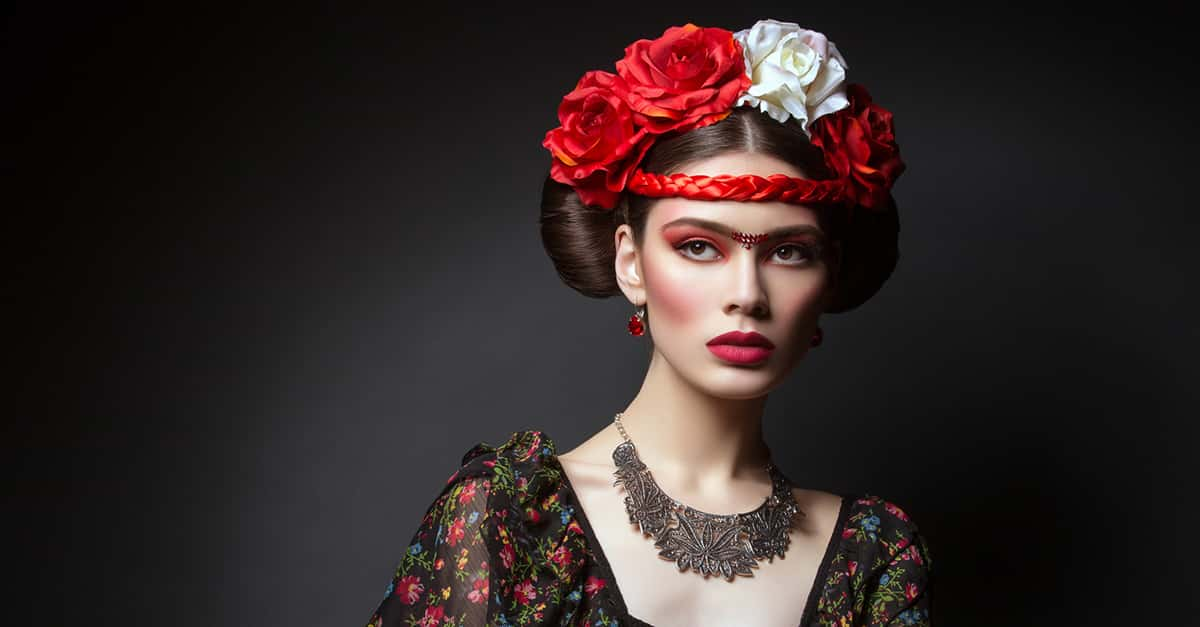Every piece of clothing we put on is essentially a fashion choice—fashion is something we all participate in, whether we’re conscious of it or not. The clothes we choose to wear often say something about us, and how we fit into the world. Changing styles reflect changing attitudes in society. Here are 42 stylish facts about fashion.
Fashion in History Facts
42.Well-Supported
The spacesuits worn by Buzz Aldrin and Neil Armstrong as they stepped onto the surface of the moon in 1969 were manufactured by the International Latex Corporation—though most consumers know the company by its commercial brand name, Playtex. They’re better known for making another gravity-defying garment: the bra.
41. Reverse Endorsement
In 2011, the Wall Street Journal reported that Abercrombie & Fitch had offered Jersey Shore star Mike “The Situation” Sorrentino a deal to stop wearing their clothes. That’s… not the way endorsement deals usually work. The somewhat-fast-fashion brand is known for its appeal to college kids, but perhaps The Situation was a bro too far.
40. Shocking
The bikini was named by its designer, Louis Réard, after Bikini Atoll, a site in the South Pacific where the US conducted nuclear testing. He wanted the bikini to cause a shock as big as an atom bomb. Réard declared a bikini was only a bikini if it contained only enough fabric that could be “pulled through a wedding ring.”
39. Waterlogged
Women’s swimwear of course wasn’t always so skimpy: in Victorian times they swam in wool bathing costumes that covered their thighs and torsos. In fact, Australian swimmer Annette Kellerman was arrested in Boston in 1907 for wearing a form-fitting one-piece swimsuit.
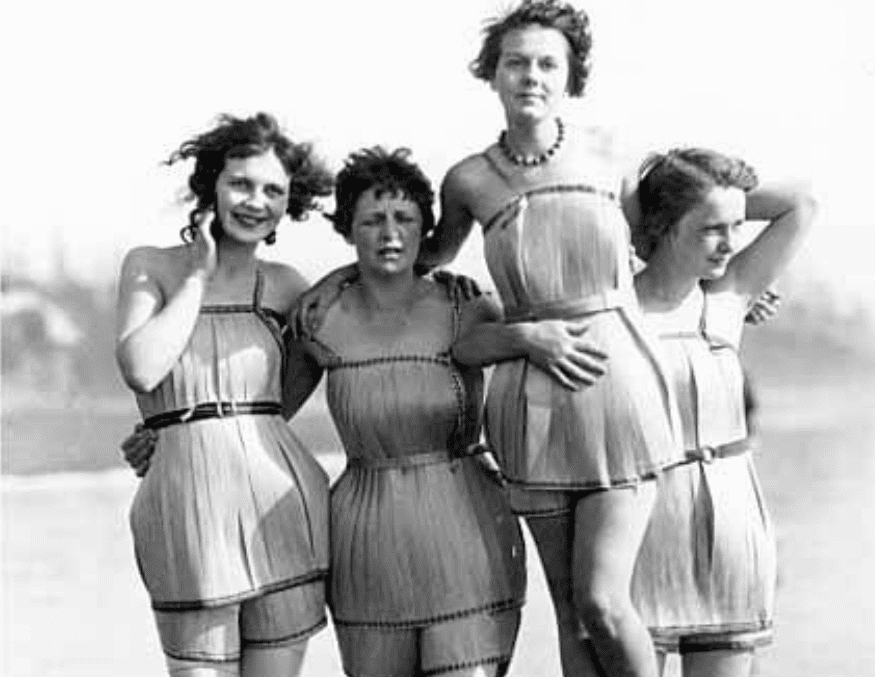 Wikimedia Commons
Wikimedia Commons
38. Counterintuitive
You might think that a thong was conceived to make bikinis even smaller, but in fact they were introduced in 1939 after New York City Mayor Fiorella LaGuardia demanded that nude dancers cover themselves more.
37. Woman in Black
The tradition of wearing black at a funeral, or while in a period of mourning after a death, dates back to the Roman Empire. In Victorian England, widows were expected to wear black for up to four years after the death of their husband, though some women chose to wear black for the rest of their lives.
36. Legal Length
For a time, South Korea had actual Fashion Police. During the 1970s, police would measure the length of women’s miniskirts; if they were too short, women could be fined or arrested.
35. Restrictive Fashion
In Europe, women’s dresses became heavier and more ornate through the 1800s. By 1860, skirts were so wide that fashionably dressed women could no longer fit through doorways. Dresses could feature more than 70 yards of fabric ruffles. In he last decades of that century, all that girth was pushed to the back in the form of a bustle.
34. Zoot Suit Riot
In June of 1943, Los Angeles saw several public disturbances as white servicemen clashed with Mexican-American youths over the youngster’s “zoot suits.” The zoot suits exaggerated lines and loose fits required far more fabric than a normal suit, which was seen as unpatriotic given wartime rationing. The majority of the violence was perpetrated by whites against Mexican-Americans, African-Americans, and Filipino-Americans

History's most fascinating stories and darkest secrets, delivered to your inbox daily.
33. Always on Sunday
The British fashion of wearing hats was started by Queen Elizabeth I. In 1571, she decreed that everyone over the age of 7 had to wear hats. You’ll still see both men and women sporting smart hats at special occasions in England, especially at regattas, horse races, garden parties, and weddings.
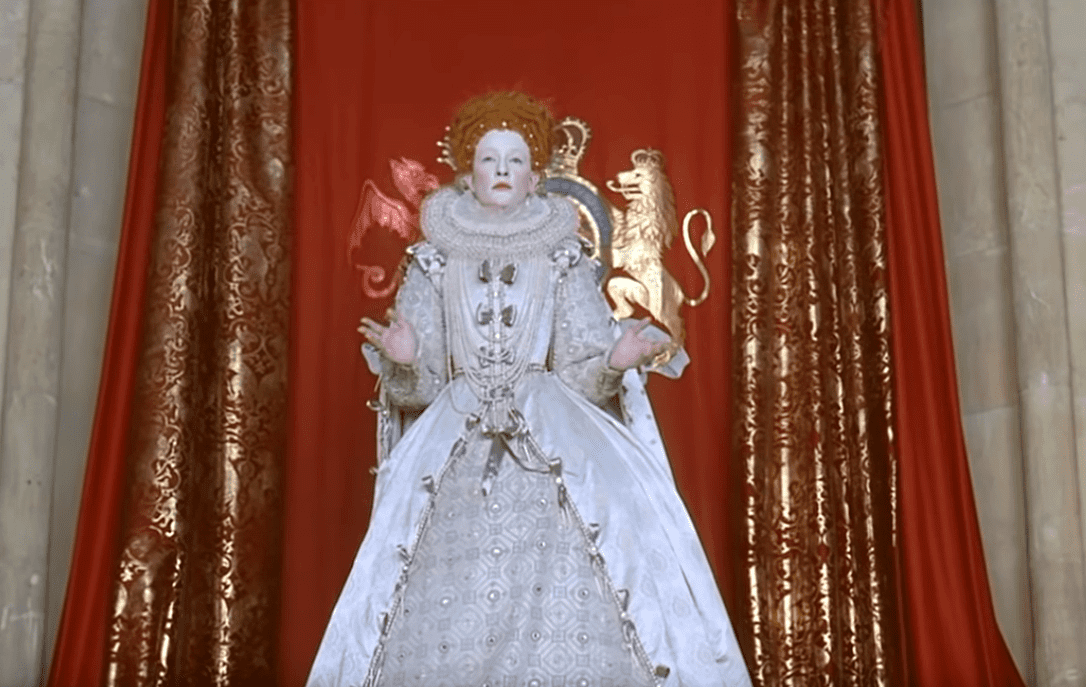 Elizabeth (1998), Working Title Films
Elizabeth (1998), Working Title Films
32. Signature Suit
Coco Chanel designed the signature “Chanel Suit” in the 1920s, and often wore it paired with a short-cropped haircut. The suit was designed for comfort and mobility, and featured rather “masculine” lines for the time. The suit was widely criticized at the time, but the suit was re-debuted in 1954, when it became a massive hit. The Chanel Suit became hugely famous, and was popularized by style icons like Jacqueline Kennedy.
31. Both Sides Now
Both the pencil skirt and the A-line skirt were designed by the same fashion designer: Christian Dior. He debuted the A-line skirt as part of his post-WWII “New Look” in the early 1950s. In 1954, he debuted the pencil skirt, then called “H-Line”, as the silhouette of the skirt was intended to create parallel lines to the floor.
30. Seeing Red
In the 1670s, King Louis XIV of France popularized high heels for men. He favored shoes that had soles and heels dyed red—as red was an expensive dye at the time—and issued an edict stating that only members of his court were allowed to wear red heels.
29. These is Red Bottoms
Today, red heels are just as exclusive, as designer Christian Louboutin has trademarked high heels with highly lacquered, red soles. He trademarked the look and has sued fashion giants from Yves Saint Laurent to Charles Jourdan for copying him.
28. Gravy Train
The world’s longest wedding dress had a train of almost 3km (1.85 miles) in length. Designed by a Romanian salon in 2012, the train holds a Guinness World Record, and stretched across the center of the city of Bucharest.
27. Dress of the Century
Meanwhile, the longest train on a wedding dress in British royal history was worn by Princess Diana at her wedding to Charles, Prince of Wales, in 1981. It featured a train of only 7.6m (25 feet).
26. Regional Language
The word “jeans” comes from “Genes”, a local term for Genoan sailors, who wore cotton pants. “Denim” comes from the fabric used to make blue jeans, originally known as “serge de Nîmes”, after Nîmes, France.
25. Surreal Fashion
Surrealist designer Elsa Schiaparelli opened a fashion house, the House of Schiaparelli, in 1930s Paris. She became famous for absurdist, surreal clothing such as gloves with decorated fingernails on the outside, ladies’ hats shaped like upside-down shoes, and dresses decorated with giant pictures of lobsters.
24. All-American
Jeans are an American fashion classic and have been almost since eated the first blue jeans iLevi Strauss & Co. crn 1873. The first jeans were sold for $6 worth of gold dust. The name “501” was given in 1890, and in 1964 a pair of Levis were admitted to the permanent collection of the Smithsonian Institution, cementing their place in American history and culture.
23. Canadian Tuxedo
If jeans are so all-American, why is wearing head-to-toe denim called a “Canadian Tuxedo?” Maybe the idea came from a 1951 anecdote featuring entertainer Bing Crosby, who was barred from entering a Vancouver hotel because he was dressed completely in denim. Levi Strauss & Co. heard about the incident and designed a special suit jacket made out of their signature Levi Strauss denim, complete with copper rivets and wide tuxedo lapels, so that Crosby would be welcome in any establishment in his 501s.
22. Return to Glitz
President Trump has been compared to Regan for his star power and his economic policies—it’s no wonder fashion in 2017 contains many call-backs to the late 1980s. Shoulders and blouses with huge decorative ruffles and sequins were often seen on shows like Dynasty—which was also rebooted in 2018.
21. Gluttons for Punishment
Of course, women have often suffered from effects of fashionable but restrictive clothing more than men. Take corsets, designed to accentuate a woman’s silhouette by pinching in the waist and forcing the hips backwards. Corsets restricted breathing, broke ribs, and could cause damage to internal organs, as waists were cinched to as little as 13 inches. They caused injuries to women’s hips and spine, and compression of the lungs meant that fainting was a common occurrence.
20. As Above, So Below
Women’s bottom halves were just as uncomfortable as their corseted tops. Hoop-shaped cages made of horsehair and steel puffed up skirts instead of layers of petticoats, but the crinolines were prone to mishap. They were easily lifted by gusts of wind, entangled in carriage wheel spokes, and were often too wide to fit through doorways. The scariest danger, however, was their flammability—the poet Henry Wadsworth Longfellow’s wife succumbed to injuries and died after her crinoline caught fire in 1861.
19. First Logo
The first clothing logo was a tiny embroidered crocodile, created in 1933. You can still see the crocodile in use today—it’s still used on clothing manufactured by French sportswear designer, Lacoste.
18. Little Women (and Little Men)
Kid’s fashion is a booming industry, but before the 19th century—that is, long before Osh Kosh B’Gosh and other children’s clothing retailers—children were dressed the same as adults, only in miniature. Kids would wear roughly the same styles and fabrics as their parents.
17. Pink & Blue
Pink is for girls and blue is for boys, right? That’s what any baby shower would have you believe. But it wasn’t always so, and in fact it was the opposite for a long time. As recently as 1918, a clothing catalogue advised that pink was the ideal color for little boys, because “it's a stronger and more passionate color, and because it's actually derived from red.” And for girls, blue was a "much more delicate and dainty tone.”
16. So Comfortable.
Before the 20th century, and Until as late as 1940 boys wore dresses until they were 5 or 6 years old. After that, they’d graduate to shorts, then to long pants, and over the next decades that transition happened earlier and earlier (and boys stopped wearing dresses at all). It makes sense—dresses are easier to put on babies and toddlers than pants, and it’s easier to change a diaper on a child in a dress too.

15. Still Punk
Doc Martins were first created in 1945. Back then they were made of old tires.
14. Sagging
A popular clothing trend with hip-hop artists—baggy pants—was born in the prisons of Los Angeles, where inmates were not allowed to wear belts. The trend got so popular on the outside that governments in North American began to pass laws prohibiting the revealing style, and low-riding pants were banned on transit systems, airlines, and in government buildings like schools. In 2007, the town of Delcambre, Louisiana passed an indecent exposure by-law prohibiting low-riding pants.
13. Back from the War
After World War II, when men returned home from war and women returned to the home from the workplace, fashions evolved a more feminine look. Wide skirts that would have been impractical in the workplace became popular, with tiny waists and soft, flowing, feminine lines. The emphasis on softness and luxury reflected the shift from wartime austerity, and changing attitudes about women in the workplace.
12. The Color Purple
Purple has long been a color associated with royalty and the upper classes since the Roman and Byzantine empires. Tyrian purple dye, made from murex sea snails, turns fabric a gorgeous and brilliant shade of purple, and does not fade (in fact, the color can even intensify with wear and age). The dye was extremely expensive, so was only available to those with wealth.
11. YYK
Have you ever noticed that many clothing zippers bear the letters “YYK” regardless of who makes the clothing? Those letters stand for Yoshida Kogyo Kabushikikaisha (which roughly translates as “Yoshida Company Limited”). As simple as the concept of a zipper is, they are tricky to make, and a single zipper tooth going awry can render a garment unwearable. Better to buy wholesale than for clothing manufacturers to each make their own. YKK is the largest zipper manufacturer in the entire world.
10. Not Just Decoration
It may be apocryphal, but according to fashion lore, the buttons that decorate men’s jacket sleeves aren’t just decorative. Napoleon first suggested sewing buttons on the sleeves of the men in his army, to decrease the likelihood that they would wipe their noses on their sleeves.
9. Burnt Shorts
How does an astronaut do laundry? They don’t. According to astronaut Chris Hadfield, there is no washing machine on the International Space Station. The astronauts load up their used unmentionables into a resupply ship, then let it loose to fall back into the atmosphere where it is incinerated. We don’t like to think about the atmosphere containing microscopic dust of astronaut underwear for us to breathe in, but there you go.
8. Women At War
Women’s fashions in the 1940s were utilitarian and pragmatic—skirts rose from 1930s hemlines as fabric became scarce, and boxy, broad-shouldered suit-jackets gave women a masculine silhouette as they headed into the workplace to take jobs left by men away at war.
7. Birds of a Feather
Bird feathers were used to decorate the hats of upper class women, which lead to the near-extinction of some species. Plume hunting was a scourge in Florida’s Everglades and in 1900, more than five million birds were being killed each year (up to 95% of Florida’s shorebirds). The birds’ plight was memorialized onscreen in 1958’s Wind Across the Everglades.
6. Trompe L’Oeil
During World War II, nylon was scarce as it was needed to produce parachutes used for the military. As a result, nylon pantyhose became extremely scarce. Instead of buying hosiery on the black market, women would paint their legs with instant gravy powder and draw a line up the backs of their legs to mimic the look of nylon stockings.
5. One Hundred Sneaky Years
The first sneakers were made by Keds in 1917. While most shoes had solid soles, which clicked loudly, the rubber soles were almost soundless — that’s why they were dubbed sneakers. Converse debuted their athletic shoe, the “All-Star” basketball shoe, in 1917 as well, and named it after basketball player and legendary Converse shoe salesman Charles H. “Chuck” Taylor in 1923. HIs signature was added to the shoes in 1932.
4. Sign of the Times
Changes in women’s fashion often reflect attitudes about women’s place in society, as well as economic realities. In the prosperity of the Roaring ’20s when youth was idolized, “flapper” fashions often took straight, androgynous silhouettes and were covered in rhinestones—very expensive.
3. Cruel Jewel
Animal rights activists currently campaign against wearing fur and leather for the sake of fashion, but at the turn of the century they had even more gruesome fashions to protest. One fashion in the late 1800s saw people pinning live chameleons to their clothing to wear as brooches.
2. Good-Luck Charm
The modern-day stereotype of Roman fashion—sandals and a toga—might not seem too stylish, but the Romans actually did love to be adorned. Their favorite style of jewelry? Phallic shapes were considered good luck, and were fashioned out of metal and worn as charms on necklaces.
1. Deadly Fashion
Ever wonder why starchy collars are sometimes called “father killers?” It’s not just a joke. Fashionable collars grew so high and tight in the 19th century that they could actually cut of a man’s circulation and respiration, causing asphyxia or brain abscess. A man named William F. Dillon was reported to have been killed by his collar in 1912, choked to death by his tight collar after an attack of indigestion caused his neck to swell slightly.
Sources: 1, 2, 3, 4, 5, 6, 7, 8, 9, 10, 11, 12, 13, 14, 15, 16, 17, 18, 19, 20, 21, 22, 23, 24, 25, 26, 27, 28, 29, 30, 31, 32, 33, 34, 35, 36, 37, 38, 39, 40, 41, 42, 43, 44, 45, 46

